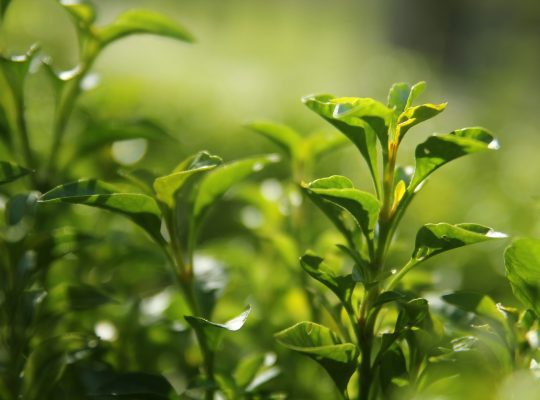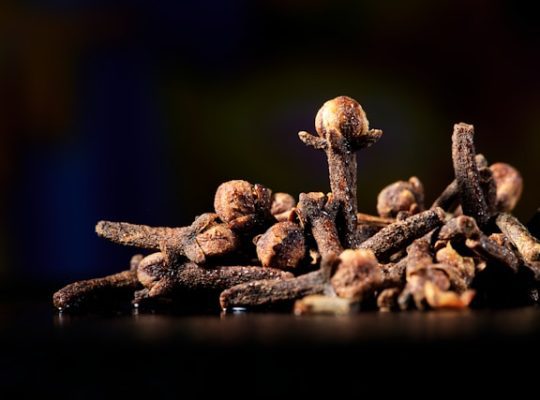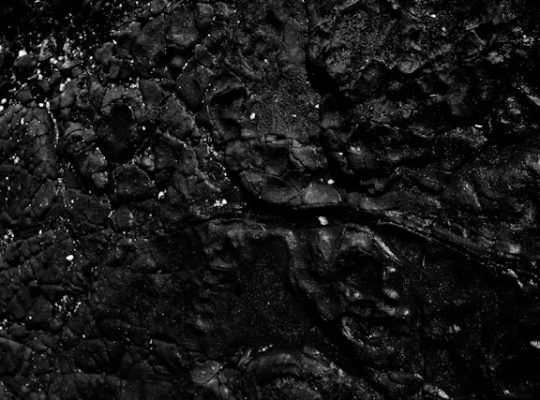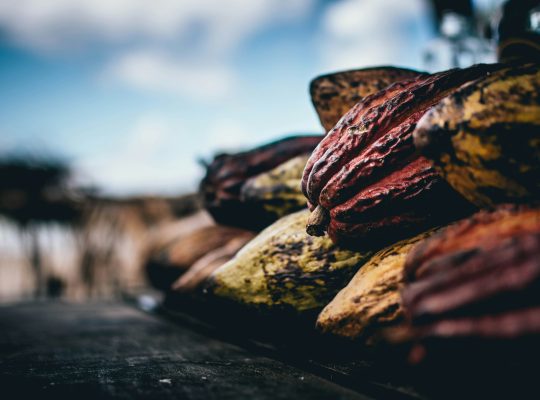Located In Southeast Asia, Indonesia shines as the second top vanilla producer in the world, right after Madagascar. Indonesian vanilla is known for its exceptional quality, including a strong and long-lasting aroma, which, along with rising global demand, positions Indonesia favorably to surpass Madagascar in the vanilla industry. It’s worth noting that vanilla plants bear fruit infused with valuable aromatic compounds, making them highly desirable across various sectors, chiefly in food and beverages. However, growing vanilla requires patience as the process from plantation to harvest takes about two to four years until the plants start bearing the pod-like fruits ready for harvest.
Vanilla prices on the global market are notably steep. In 2022, the average price hit 270.40 euros per kg for vanilla extract and 175.56 euros per kg for the whole vanilla bean. This has led to the commodity’s nickname: “the black gold.”
According to the data from the United Nations Food and Agriculture Organization (FAO) in 2020, Indonesia was responsible for about 30.3 percent of the world’s vanilla production, rounding up to 2,306 tons. Madagascar, on the other hand, dominated with 39.1 percent or 2,975 tons of the global production. Despite being a major player in vanilla production, Indonesia ranks seventh in the global vanilla export market, contributing about 2.63 percent to the total vanilla exports worldwide. This reveals Indonesia’s significant part in the global market and showcases the vast potential for the nation to increase its dominance and share in the profitable vanilla market.
There’s a great opportunity to boost Indonesia’s vanilla exports. According to figures from the ITC Export Potential Map, Indonesia has the chance to increase its global vanilla exports by up to $59 million. Rini Satriani, head of the Research and Development Division at the Indonesian Export Financing Agency (LPEI), highlights concerns over the global vanilla supply due to factors like droughts, cyclones, and poor farming practices in Madagascar. These issues, she notes, could be advantageous for Indonesian vanilla, as shared in an official statement to Kompas.com on Wednesday (18/10/2023). In 2022, Rini pointed out, the main buyers of Indonesian vanilla were the US (64.93%), Germany (8.62%), the Netherlands (7.53%), Singapore (2.63%), and Canada (2.50%).
Moreover, there’s been a significant surge in vanilla demand from countries including France, the US, Belgium, the UK, and Mauritius. According to Rini, several factors influence Indonesia’s vanilla exports, such as the price of vanilla from France, a key competitor, as well as Indonesia’s gross domestic product (GDP) per capita, the GDP per capita of target export countries, economic distance, and exchange rates. “A 10% increase in vanilla prices in France can lead to a 0.41% increase in the volume of Indonesian vanilla exports, all else being equal. As competitors like France raise their export prices, importing countries often look to other suppliers, including Indonesia. This creates a significant opportunity for Indonesia to expand its market share,” Rini explained.








